The Golden temple is located in the holy city of the Sikhs, Amritsar. The Golden temple is famous for its full golden dome, it is one of the most sacred pilgrim spots for Sikhs. The Mandir is built on a 67-ft square of marble and is a two storied structure. Maharaja Ranjit Singh had the upper half of the building built with approximately 400 kg of gold leaf. The Golden Temple is surrounded by a number of other famous temples like the Durgiana Temple. The fourth Guru of Sikhs, Guru Ram Das, who had initially constructed a pool here, founded Amritsar, which houses the Golden Temple or Harmandir Sahib. It is here that Sage Valmiki wrote the epic, Ramayana. Rama and Sita are believed to have spent their fourteen-year exile in Amritsar, the epicenter of Sikhism. To the south of the temple is a garden, and the tower of Baba Atal. The Central Sikh Museum is atop the Clock Tower. The ‘Guru Ka Langar’ offers free food to around 20,000 people everyday. The number shoots up to 100,000 on special occasions. A visitor must cover his / her head before entering the temple premises. The Granth Sahib is kept in the Temple during the day and is kept in the Akal Takht or Eternal Throne in the night. The Akal Takht also houses the ancient weapons used by the Sikh warriors. Guru Hargobind established it. The rugged old Jubi Tree in the north west corner of the compound is believed to possess special powers. It was planted 450 years ago, by the Golden Temple’s first high priest, Baba Buddha. Guru-ka-Langar or the communal canteen is towards the eastern entrance of the temple complex, and it provides free food to all visitors, regardless of colour, creed, caste or gender. Visitors to the Golden Temple must remove their shoes and cover their heads before entering the temple. The temple is less crowded in the early mornings on weekends.
Sri Harmandir Sahib, also known as Sri Darbar Sahib or Golden Temple, (on account of its scenic beauty and golden coating), situated in Amritsar (Punjab), is the most sacred temple for Sikhs. This temple propagates Sikhism’s message of tolerance and acceptance through its architecture that has incorporated symbols from other religions. The Sikhs all over the world, wish to visit Sri Amritsar and to pay obeisance at Sri Harmandir Sahib in their Ardas.
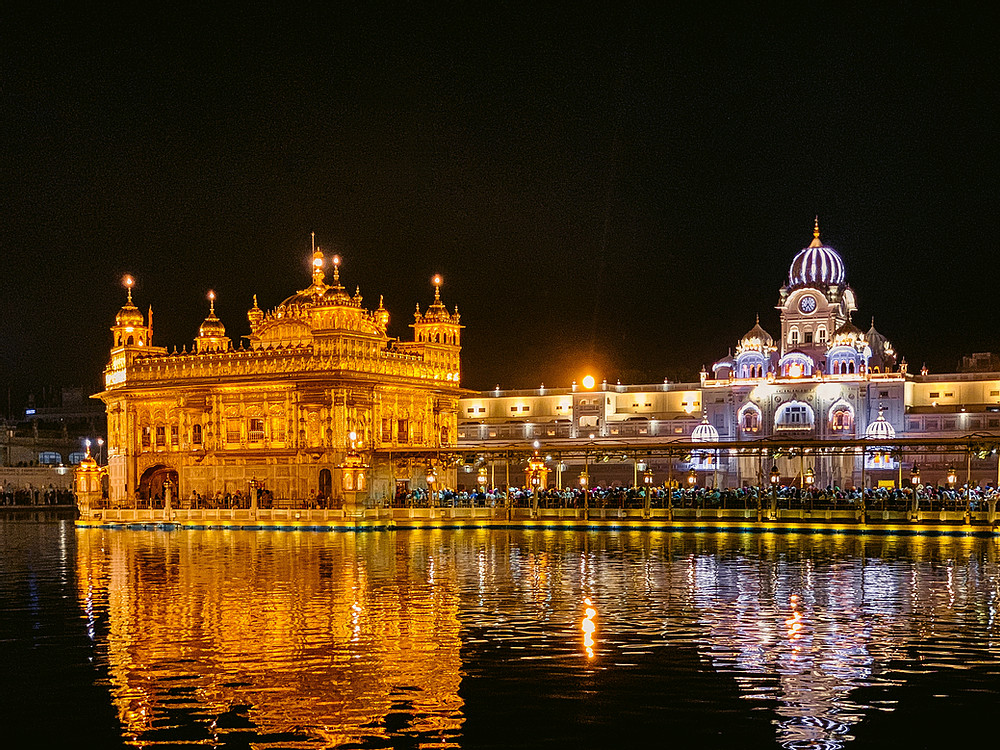
Guru Arjan Sahib, the Fifth Nanak, conceived the idea of creating a central place of worship for the Sikhs and he himself designed the architecture of Sri Harmandir Sahib. Earlier, the plan to excavate the holy tank (Amritsar or Amrit Sarovar) was chalked out by Guru Amardas Sahib, the Third Nanak, but Guru Ramdas Sahib executed it under the supervision of Baba Budha ji. The land for the site was acquired by the earlier Guru Sahibs on payment or free of cost from the Zamindars (landlords) of native villages. The plan to establish a town settlement was also made. Therefore, the construction work on the Sarovar (the tank) and the town started simultaneously in 1570. The work on both the projects was completed in 1577 A.D.
Guru Arjan Sahib got its foundation laid by a Muslim saint Hazrat Mian Mir ji of Lahore in December 1588. The construction work was supervised by Guru Arjan Sahib himself and he was assisted by the prominent Sikh personalities like Baba Budha ji, Bhai Gurdas ji, Bhai Sahlo ji and many other devoted Sikhs.
Unlike erecting the structure on the higher level, Guru Arjan Sahib got it built on the lower level and got it open from all four sides. Thus, he created a symbol of new faith, Sikhism. Guru Sahib made it accessible to every person without any distinction based on caste, creed, sex and religion.
The building work was completed by September 1604. Guru Arjan Sahib installed newly created Guru Granth Sahib (the holy book of the Sikhs), in Sri Harmandir Sahib and appointed Baba Budha ji as its first Granthi i.e. the reader of Guru Granth Sahib. After this event it attained the status of ‘Ath Sath Tirath’, Sikh nation’s own Tirath.
Sri Harmandir Sahib, is built on a 67ft. square platform in the centre of the Sarovar (tank). The temple itself is 40.5ft. square. It has a door each on the East, West, North and South. The Darshani Deori (an arch) stands at the shore end of the causeway. The doorframe of the arch is about 10ft in height and 8ft 6inches in breadth. The door panes are decorated in artistic style. It opens on to the causeway or bridge that leads to the main building of Sri Harmandir Sahib. It is 202 feet in length and 21 feet in width.
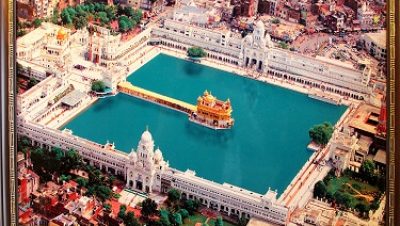
The bridge is connected with the 13 feet wide ‘Pardakshna’ (circumambulatory path). It runs around the main shrine and it leads to the ‘Har ki Paure’ (steps of God). On the first floor of ‘Har ki Paure’, there is continuous reading of Guru Granth Sahib.
On the top stands the low fluted ‘Gumbaz’ (dome) having lotus petal motif in relief at the base and an inverted lotus at the top, which supports the ‘Kalash’ having a beautiful ‘Chhatri’ at the end.
Its architecture represents a unique harmony between the Muslim and the Hindu way of construction work and this is considered as one of the best architectural specimens of the world. It is often quoted that this architecture has created an independent Sikh school of architecture in the history of art in India. The temple is a noted combination of stupendous beauty and sublime peacefulness. It can be said that the heart of Sikhism lies here.
One must cover one’s head and remove his/her footwear before entering the Golden Temple, as a mark of respect. As one listens to the beautiful notes of gurbani (spiritual songs), the serene spirituality of the temple soothes the soul. One can also partake of the free meal that is offered here to around 20,000 people every day at the Guru Ka Langar (community meal), regardless of caste, creed or gender. The entire process is managed by volunteers and is one of the most humbling experiences you can have.
The architecture of the temple is spectacular and a 67 ft square of marble makes up the base of the structure. The glistening temple is surrounded by Amrit Sarovar (pool of nectar), whose waters are said to have healing powers. One can also watch colourful fish swim in the lake’s clear blue waters as devotees take a dip in it. The temple has been designed keeping in mind the basic tenets of Sikhism that advocate universal brotherhood and all-inclusive ethos. Thus, it is accessible from all directions.
The main entrance boasts an imposing clock tower, which also has a Central Sikh Museum. From here, one can sight spectacular views of the shrine and its elegant silhouette in the Amrit Sarovar. A second entry is through the silver doors of the gorgeously embellished Darshani Deori, which leads onto the causeway that links the sanctum sanctorum with the Parikrama, the marbled surface surrounding the sarovar.
In the north-west corner of the complex is the Jubi tree, which is believed to possess special powers. It is said to have been planted 450 years ago by the Golden Temple’s first high priest, Baba Buddha.
During the day, the holy book of the Sikhs – the Granth Sahib – is kept inside the temple. At night, it is taken to the Akal Takth or Eternal Throne, that houses ancient weaponry earlier used by Sikh warriors. There are other famous temples surrounding Sri Harmandir Sahib, including the Durgiana Temple as well as a beautiful garden and the tower of Baba Atal. It is said that sage Valmiki wrote the epic Ramayana in this sacred place.
How to Reach:
By Air
Sri Guru Ramdass International airport nearest airport from Golden Temple and distance from airport is 13 kilometers.
By Train
Amritsar Railway Station nearest railway station from Golden Temple and distance from station is 2 kilometers.
By Road
Bus Stand Amritsar nearest bus-stop from Golden Temple and distance from bus-stop is 1.7 kilometers.



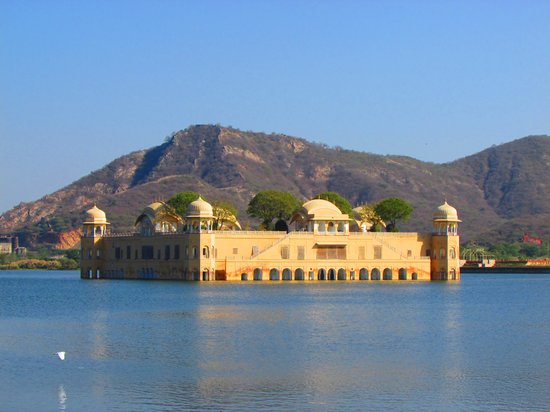
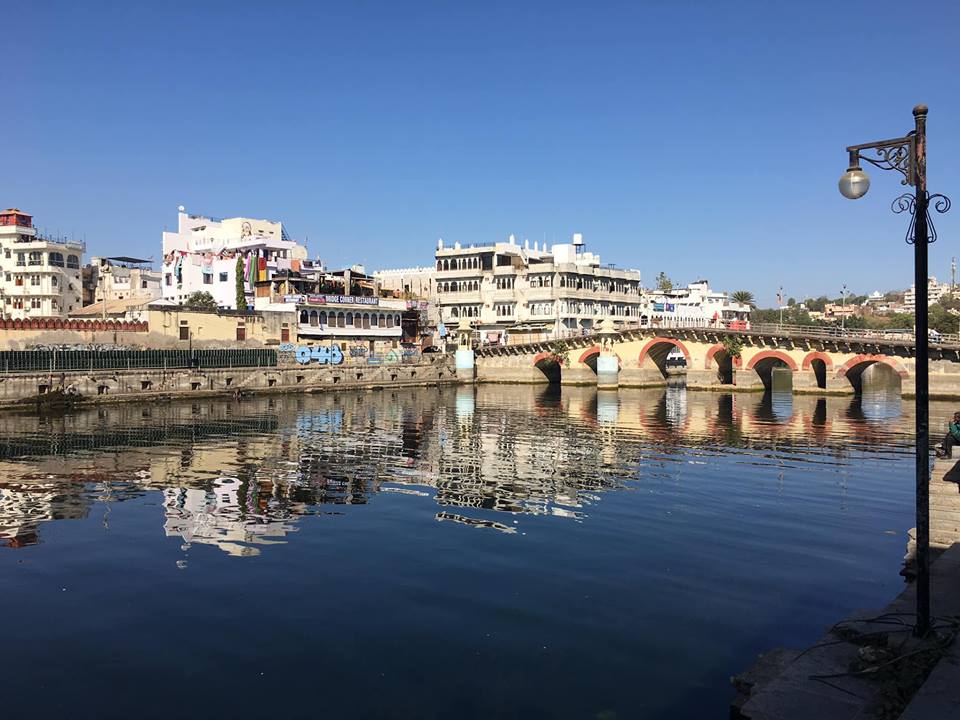
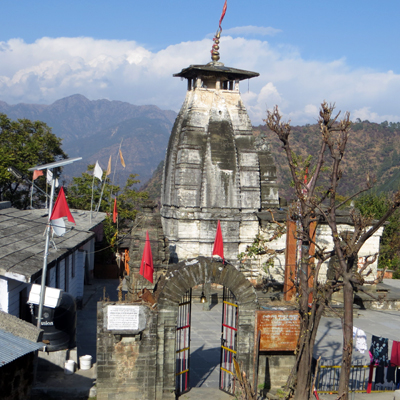

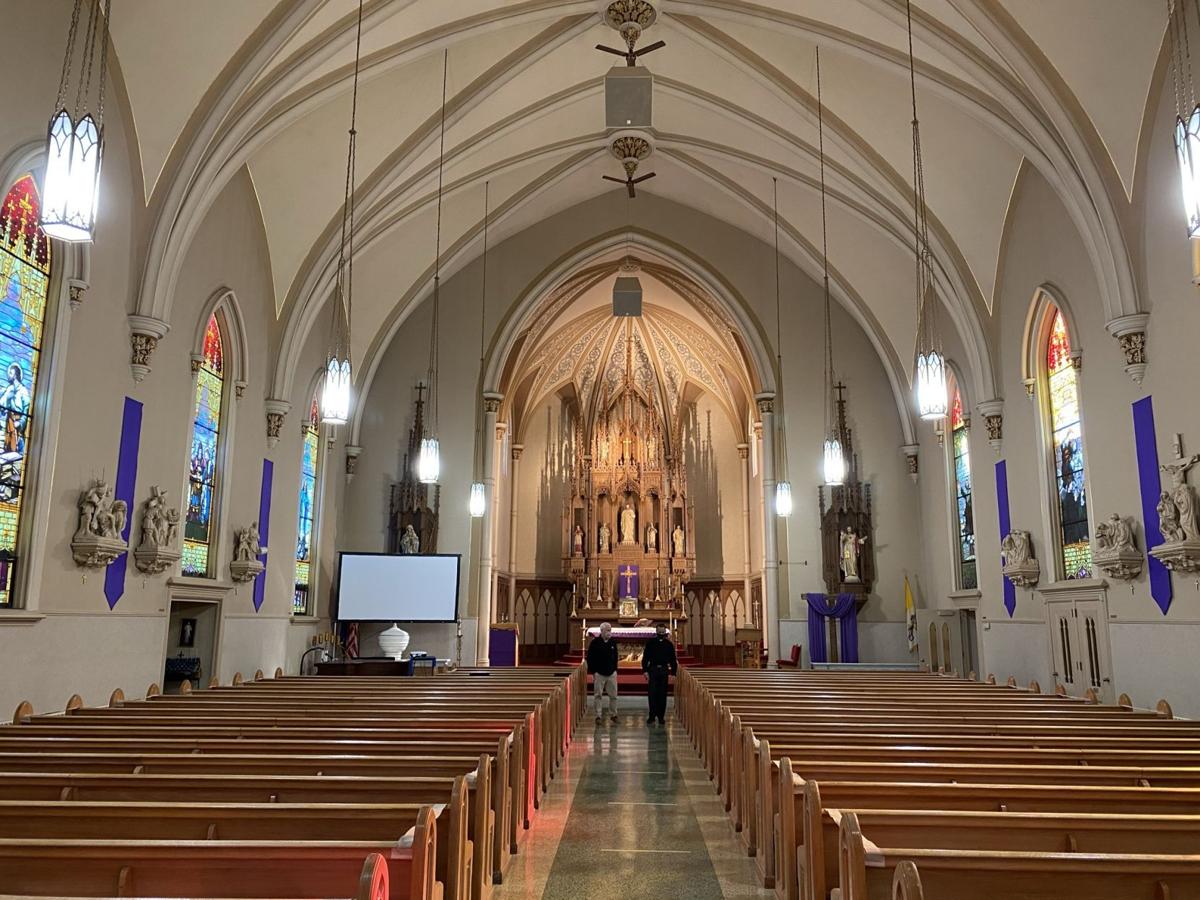

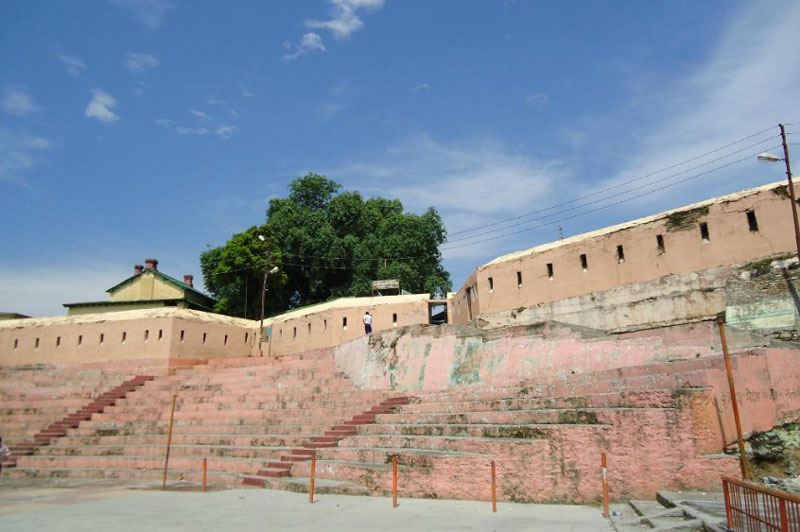


6 Comments
Comments are closed.